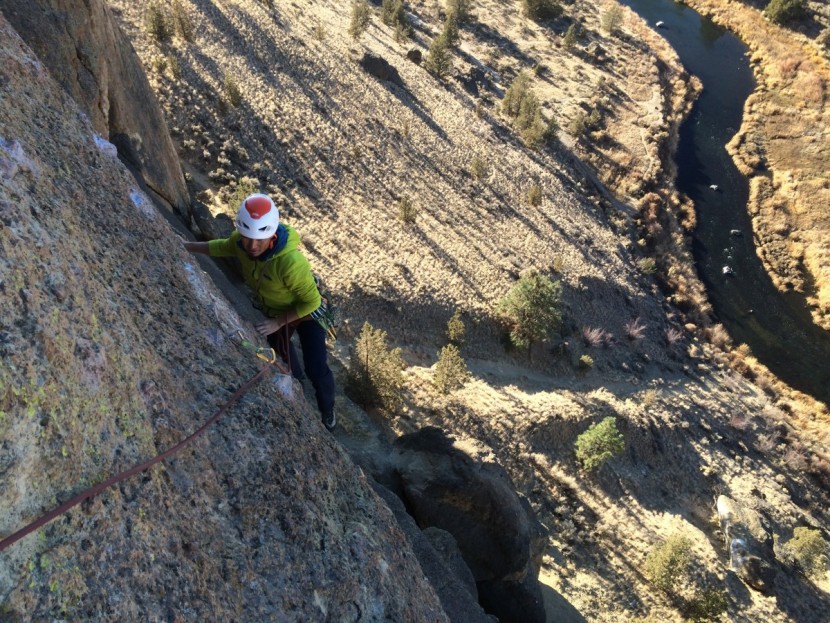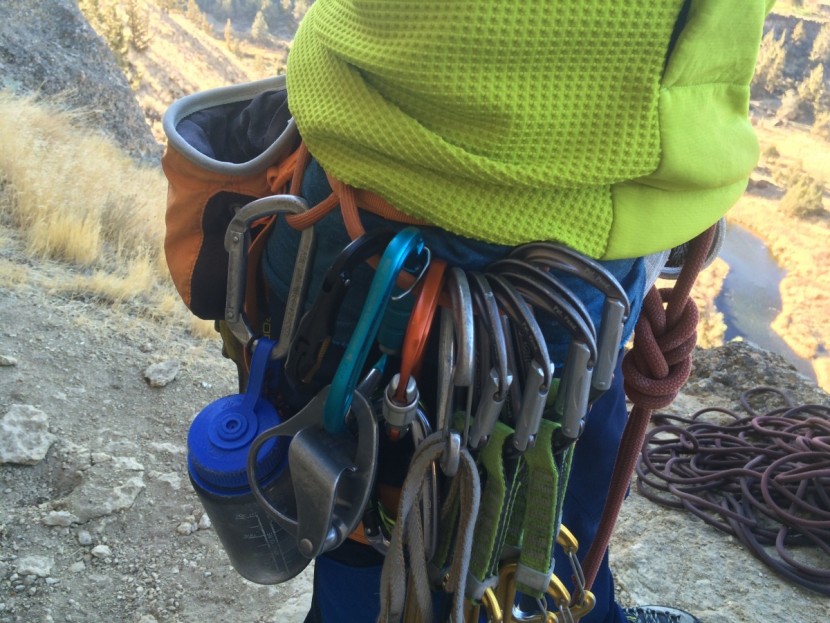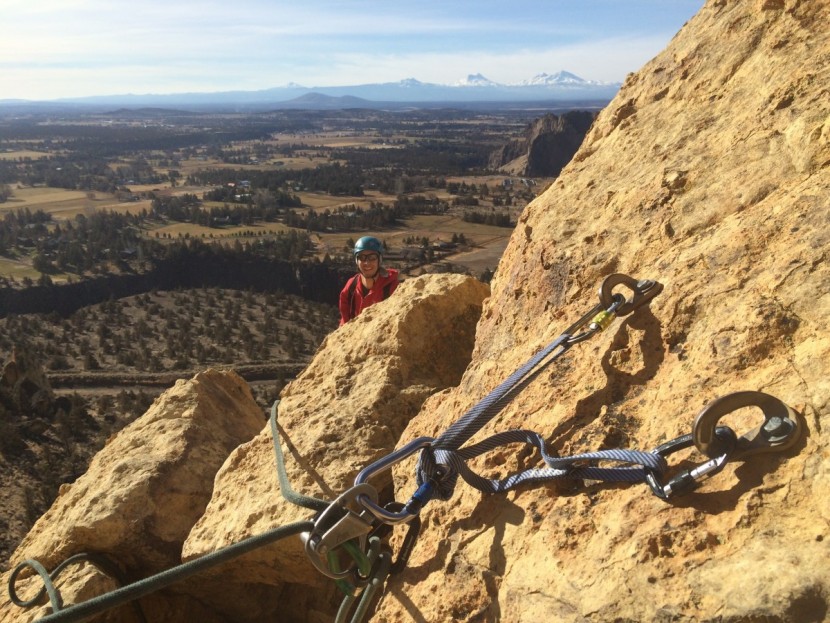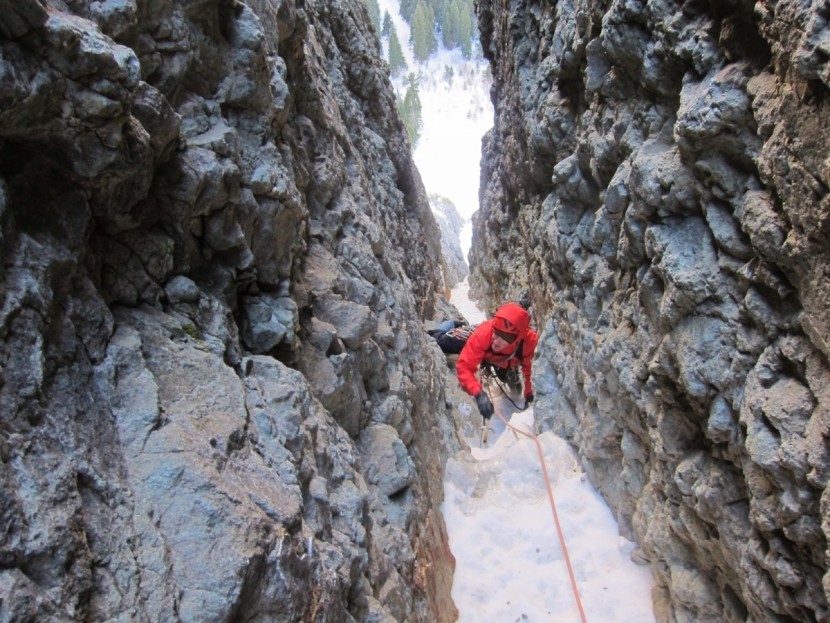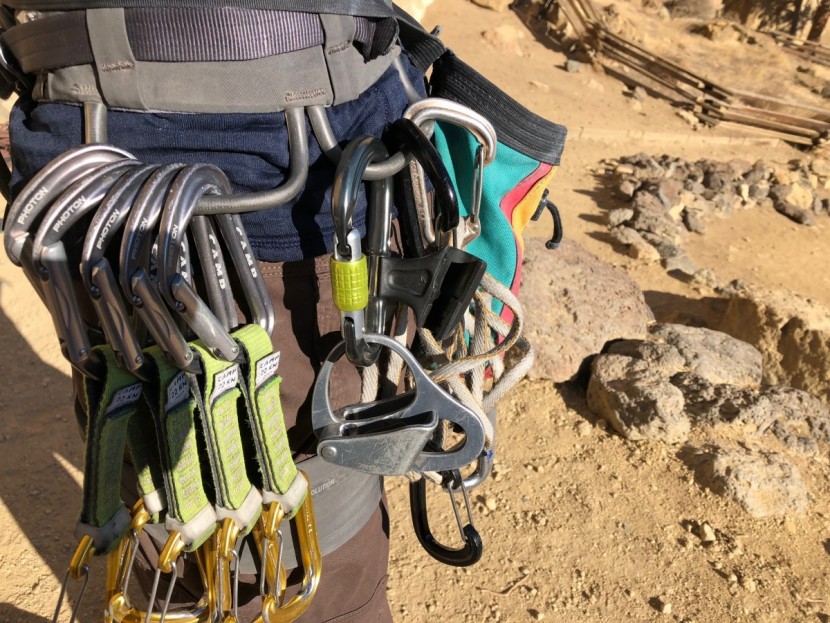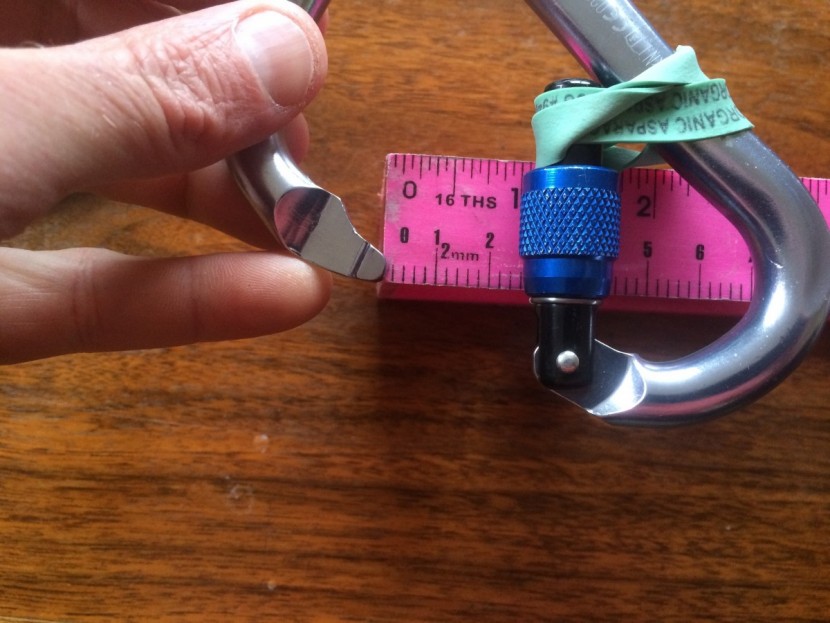Compared to many items we test and review on OutdoorGearLab, locking carabiners see relatively few updates on an annual basis. For that reason, we look at our selection and update the review about once a year. This year we opted to purchase and test four new lockers for comparison with the 14 models we've reviewed previously. Three of these, all made by Black Diamond, replaced old models that had been discontinues. The bulk of our testing takes place out in the field where we use these lockers exactly how they are intended to be used: belaying, rappelling, and building multi-pitch anchors. Since our head tester lives only a few miles from the classic climbing of Smith Rock, Oregon, most of the testing took place there, and involved many days of multi-pitch sport climbing, as well as sport and trad cragging in the brilliant autumn sunshine.
Most of these lockers are designed and engineered with specific functions and purposes in mind, and we mostly tested them for these purposes. However, we also made a point of dragging them outside of their comfort zones to see how versatile they are for purposes they weren't designed for. The field testing process helped us formulate the majority of our opinions about the performance of each locker, but we backed up these findings with specific tests for each scoring metric to be sure we understood how each one compared to the competition.
Overall Utility
A locker's overall utility is a combination of its function and versatility. To come up with the score, we graded each locker for each of these aspects, and then found the middle place between these scores for the overall utility score. For function, we graded based on how well a locker performed its intended purpose. These tests largely took place in the field, using them while out climbing. For versatility we assessed for how well a locker performed at tasks that were not its specifically designed purpose, i.e. building anchors for belay 'biners, belaying for lightweight/compact lockers, etc.
Ease of Unlocking and Locking
While it was easy to understand the ins and outs of unlocking and locking each 'biner while field testing, we also verified our results by testing them one after the other, side by side.
Compactness and Lightweight
The premise for this metric is that 'biners that are lighter and smaller have more value than ones that are overly large or heavy. We began by weighing each locker on our independent scale, measuring them for grams to be most accurate, and rating accordingly. We then modified the scores down slightly based upon whether a locker was larger than necessary to perform its intended purpose, compared to the competition.
Gate Security
Gate security refers to how easy it is for a locker to become accidentally unlocked on its own. In no way should this metric imply that accidental unlocking is common, or that lockers with a lower score are prone to this happening. For testing, we simply assessed each locker side-by-side. Triple-action lockers have less of a chance of opening than double-action, and therefore scored higher. Similarly, auto-lockers close by themselves, whereas screw gates require you to remember to lock them, adding in the potential for human error, and therefore lowering the score.
Gate Clearance
While we noticed that some of the smallest lockers have a hard time fitting over especially large bolt hangers at multi-pitch belays, the majority of our testing for this metric was done side-by-side with a ruler. We pinned the gate totally open with a rubber band, then measured the size of the opening between the gate and nose at its narrowest point, and compared the results. Larger openings means more clearance, and therefore a higher score.

